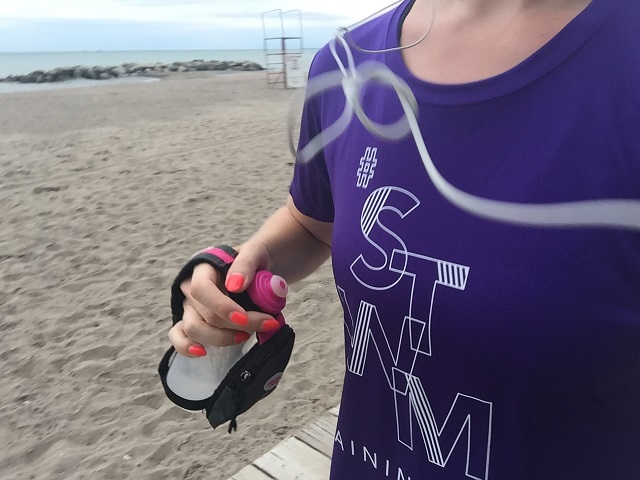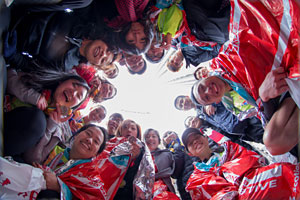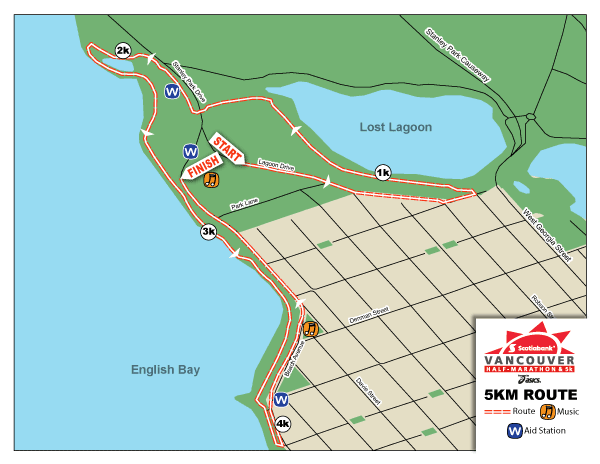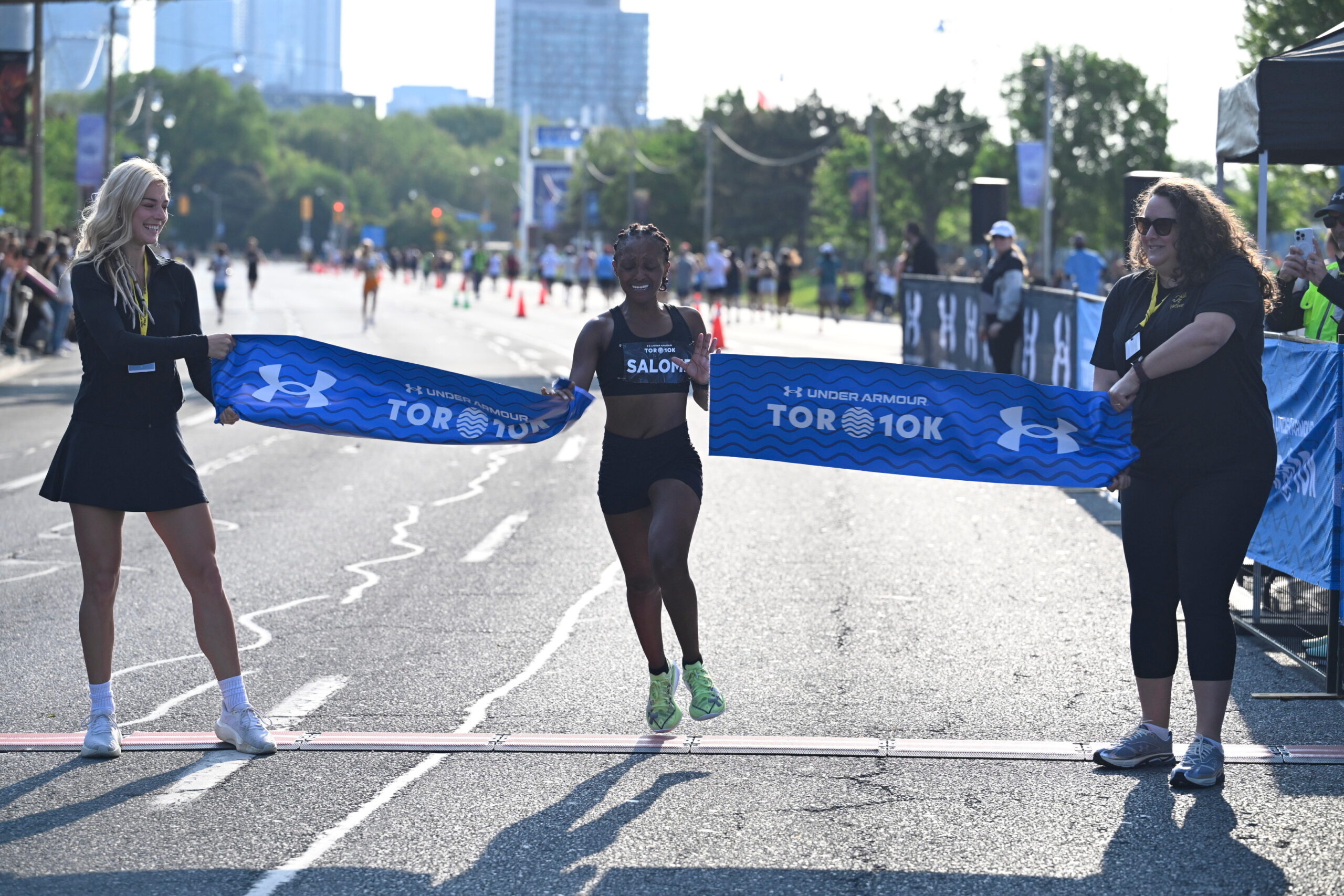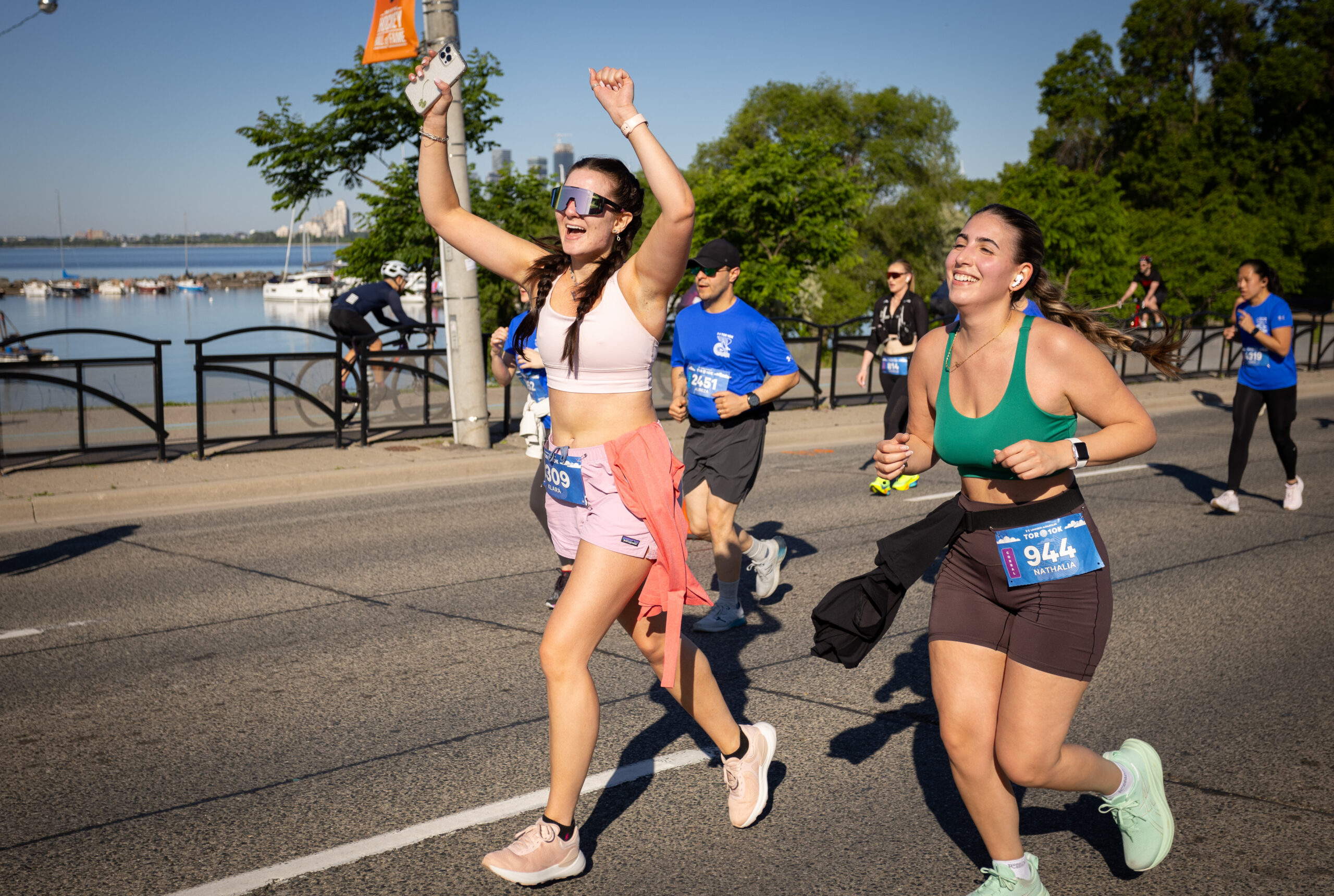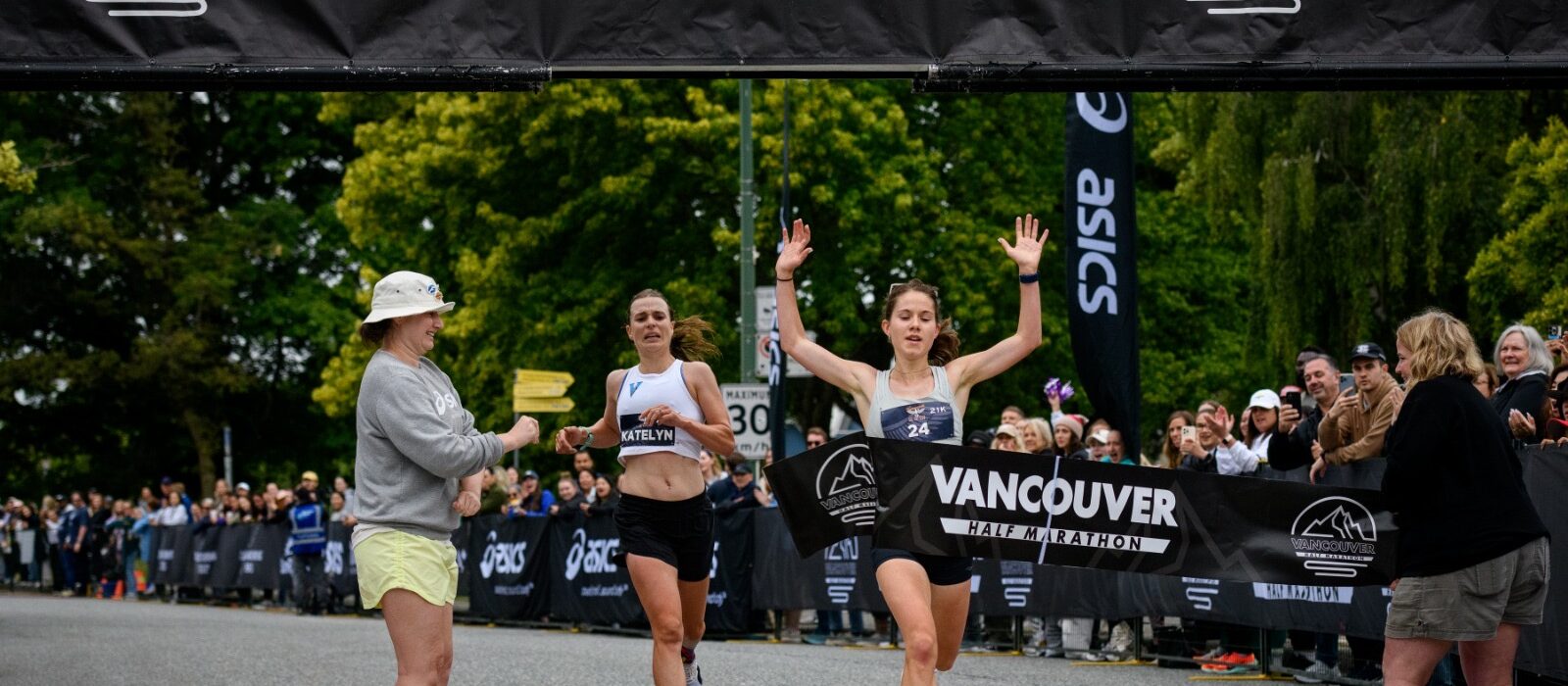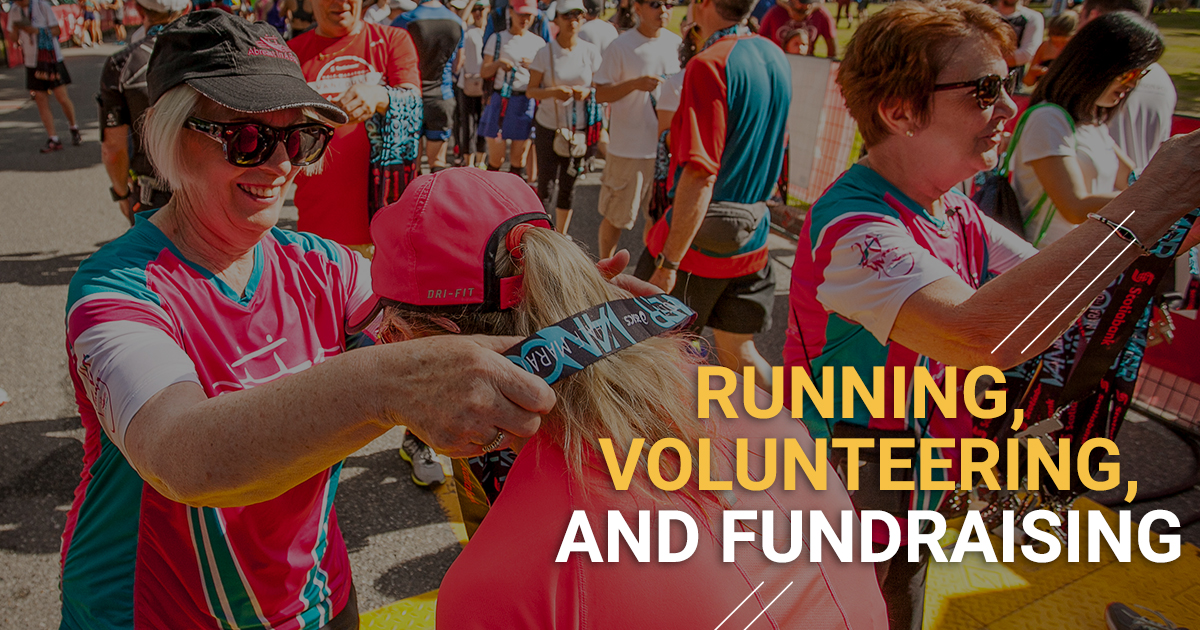
Digital Champion Margaret Buttner has been involved in the sport of running for close to 20 years, but it wasn’t until 2011 when she met the iconic Katherine Switzer that she made a commitment to begin running herself! Margaret has since run distances from the 5k to half-marathon and feels very privileged to have made so many great friendships through Vancouver’s running community. She can’t imagine a better sport or better friends to be associate with. Connect with Margaret on Twitter.
Running, Volunteering and Fundraising. By Margaret Buttner.
It’s funny how life turns out. If you had told me 30 years ago that this is what my life would look like, and how enjoyable it is, I would have said you were crazy. It’s definitely one of those “one thing led to another” scenarios.
First – the volunteering: My husband Geoffrey joined Lions Gate Road Runners, a local running club, in 1995. It wasn’t long before I became involved as a volunteer, starting with course marshaling, graduating to “food goddess” and ultimately to vice president. Being a volunteer in the Vancouver running community really means being part of a family. We help at each other’s events, we socialize together and sometimes we even travel together (for example, South Africa in 2014). Along the way I’ve had the privilege of meeting many runners – from elites to everyday runners. It’s hard not to be inspired after watching runners and walkers meet the challenge of a marathon, half marathon or shorter distance, many for the first time. In 2011, I had my “aha” moment – I met Kathrine Switzer and promised her that I would finish a half marathon before the next time she saw me. I fulfilled that pledge and have never forgotten the feeling of satisfaction as I crossed the finish line.
Second – slow running: It didn’t take me long to realize that I was going to be a “slow but steady” runner. I have a couple of foot issues that come and go, and taking it easier on course keeps my feet happy. I started running more in 2012 – mostly shorter distances, but wasn’t seeing much progress in my times. But I started losing weight later that year, and started to see improved results. Crossing the finish line felt better and better, as did collecting the race medal and wearing it proudly the rest of the day. My preferred distance these days is 10K and under, but there are so many great races around Vancouver that it’s not hard to find one. We also live five blocks from the ocean, so training runs are incredibly scenic.
Last – the fundraising: I’ve participated in the Scotiabank Charity Challenge for 10 years now. When I joined the Vancouver Public Library Foundation last year, I knew that the Charity Challenge was a great fit. There are so many enthusiastic runners at the library, and with a staff of 800 it wasn’t hard to put a team together – “Readers in Motion”. Every morning I walk into this spectacular building knowing I have the best job ever. Funds raised from the Charity Challenge will fund valuable early literacy programs for young children, reading mentoring programs for teens and children, and spaces such as the Inspiration Lab, the first free digital creation space in Vancouver. We’re organizing a “treat trolley” in early June to help raise awareness and funds for our team. For my own fundraising, I’m not beneath bribery – offering home-baked cookies to friends that pledge me. They’re all pretty generous – I’m very lucky to have them in my life.




